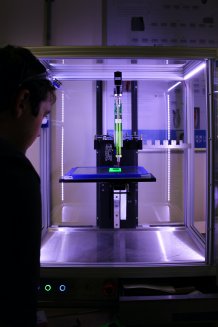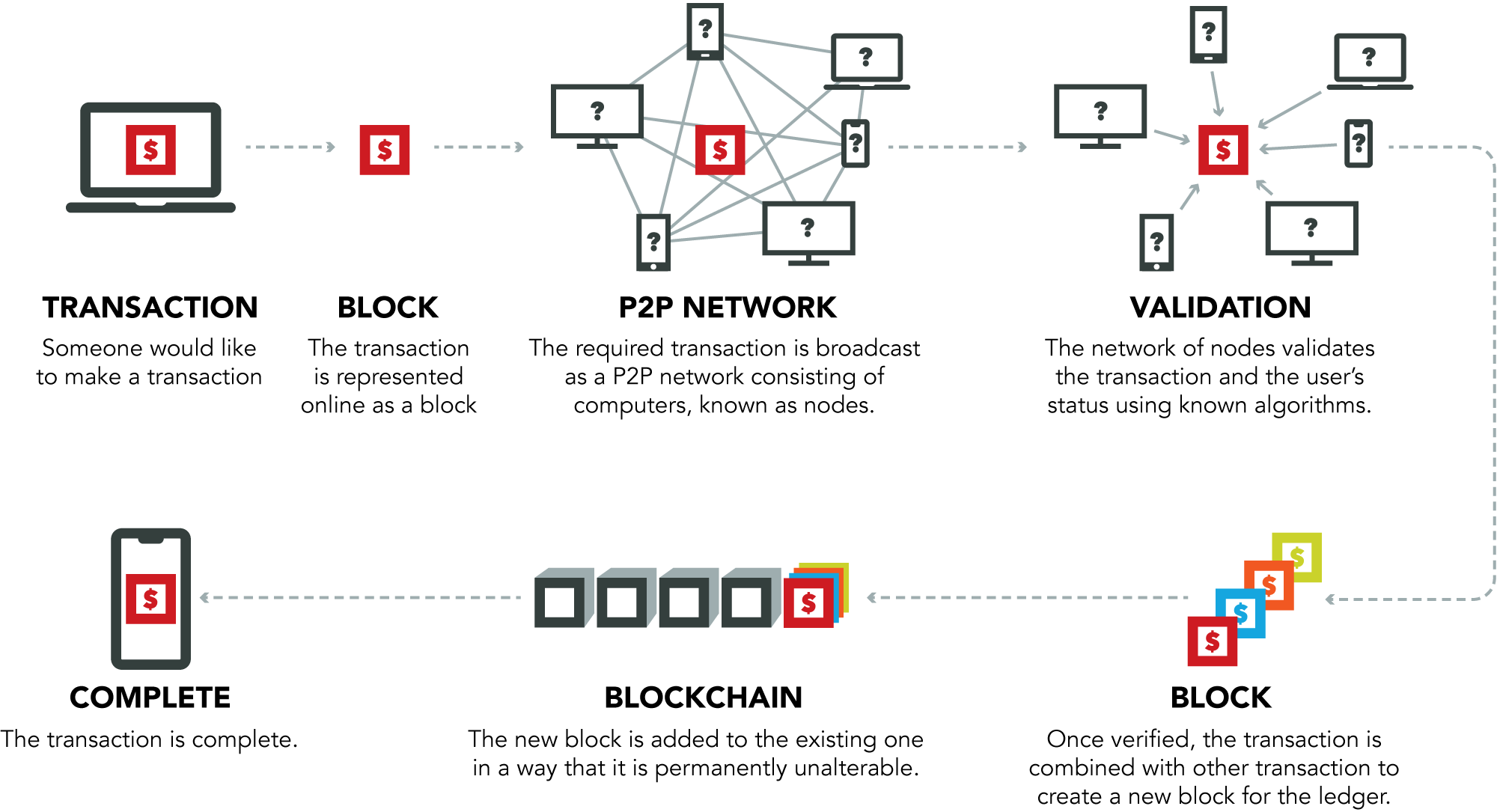Researchers from the University of Exeter Law School have patented a watermarking technology for use with 3D printing which they claim will “revolutionize” how 3D printed objects can be distributed, traced, and searched for.
The team, led by Dr James Griffin, are now working to link their watermarking technology with blockchain to allow companies to license 3D printed objects while protecting their intellectual property (IP).
“Our work will have a significant impact on the use of 3D printing technology,” said Griffin. “By using blockchain you can enable new technical standards for licensing and use around the world by creators and companies.
“Blockchain is an easy way for copyright data to be stored, and a means by which licensing of 3D printed content could be standardized.”

Blockchain and 3D printing
The main cybersecurity risks in 3D printing typically center around IP theft and process sabotage, through the breaching of cloud-based file-sharing systems and tampering with CAD files.
A blockchain is a secure decentralized digital ledger that stores data and information across a network of multiple machines. In recent year, blockchain has received growing attention from industry and government departments as a means of securing the digital thread of 3D printing processes.
The US’ largest 3D printer network using blockchain technology is currently being created as part of Automation Alley’s distributed manufacturing-focused Project DIAMOnD. The project’s blockchain platform is being created in order to “democratize” additive manufacturing and Industry 4.0, enabling even the smallest manufacturers to harness the benefits of digitization.
Back in 2019, the US Air Force worked with blockchain as a service (BaaS) firm SIMBA Chain to enhance the security of its 3D printing activity. The Blockchain Approach for Supply Chain Additive Manufacturing Parts (BASECAMP) project sought to leverage SIMBA Chain’s platform to demonstrate a blockchain approach for the registration and tracking of 3D printed parts throughout their lifecycle.

Watermarking via blockchain
The research underway at the University of Exeter Law School is currently looking at how its patented watermarking technology for 3D printing can be linked with blockchain.
The research is being funded through grants from the UK’s Arts and Humanities Research Council (AHRC), the Newton Fund, Ningbo Science and Technology Bureau, and the Li Dak Sum Fellowship. The project was recently highlighted at the British and Irish Law Education Technology Association (BILETA) conference held at the University of Exeter on 12-14th April.
The project is led by Griffin, who has previously called for a new voluntary code of conduct to protect people’s privacy, and a regulatory body to provide guidance and oversight regarding 3D printed products. He has also published multiple papers on the topic of 3D printing and IP, including a proposal of the now-patented digital watermarking technology.
Griffin and his team hope that, when combined with blockchain, their self-developed watermarking technology will help companies to license their products for 3D printing “properly for the first time”, and subsequently allow them to enter new markets.
With many individuals and companies looking to 3D printing service bureaus to 3D print files which they download, licensing and watermarking this download will lead to IP being able to be authenticated, traded, and stored, the team believes.
Incorporating blockchain into this process will also allow copyright information to be included in order to give creators an “extra layer” of legal protection in addition to the watermark. The watermarking and blockchain combination enables the licensing of 3D printed objects without compromising either copyright, design, patent, or trade mark laws.
As a result, Griffin and his team hope to overcome current constraints surrounding 3D printed innovations due to the lack of clarity over legal rules, and therefore boost the use of the technology in a growing range of industries.
Not everyone is convinced that combining 3D printing and blockchain technology will deliver benefits.
Speaking on an MES panel at the 2022 AMUG Conference, Andre Wegner, Authentise CEO, and founder said, “The blockchain is a really interesting concept, it’s very powerful for highly fragmented environments – P2P loans, for example, where you can disintermediate banks. But in manufacturing, we’re not a fragmented environment. Boeing buys the part at the end of the day.”
Wegner explained, “In centralized environments, it’s 30 times cheaper from an energy perspective to run on the standard service than a blockchain. In 10 years I have yet to see a power application of blockchain in manufacturing in general.” For Wegner “It’s really a question for me. What are we building for? Are we building for something that is fancy or sounds cool? Or are we building to solve real problems? I haven’t seen that application yet, but I’m open to it.”
Subscribe to the 3D Printing Industry newsletter for the latest news in additive manufacturing. You can also stay connected by following us on Twitter and liking us on Facebook.
Looking for a career in additive manufacturing? Visit 3D Printing Jobs for a selection of roles in the industry.
Subscribe to our YouTube channel for the latest 3D printing video shorts, reviews, and webinar replays.
Featured image shows the technology will reportedly help companies to license their products for 3D printing “properly” for the first time. Photo via University of Exeter Law School.



